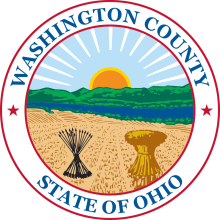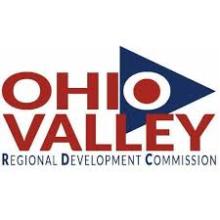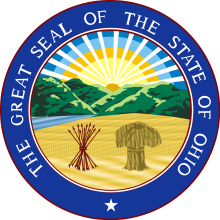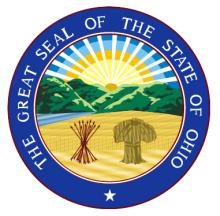Building Momentum with CityLink in Wadsworth, Ohio - Episode 438 of the Community Broadband Bits Podcast

This week on the podcast Christopher talks with Steve Lange, IT Manager for the city of Wadsworth (pop. 26,000) in eastern Ohio, which built its hybrid fiber-coax municipal network CityLink back in 1997.
The two talk about the history of the network, its push to bring more competition to the town, and its operational structure — the network, unlike in many places, is separate from the city’s municipal electric department. Christopher and Steve also talk about the phenomenal momentum the network has built over the last few years, almost tripling it subscriber base to 5,400 this year, with Steve attributing this to their focus on thoughtful planning and customer service.
This show is 35 minutes long and can be played on this page or via Apple Podcasts or the tool of your choice using this feed.
Transcript below.
We want your feedback and suggestions for the show-please e-mail us or leave a comment below.
Listen to other episodes here or view all episodes in our index. See other podcasts from the Institute for Local Self-Reliance here.
Thanks to Arne Huseby for the music. The song is Warm Duck Shuffle and is licensed under a Creative Commons Attribution (3.0) license.










